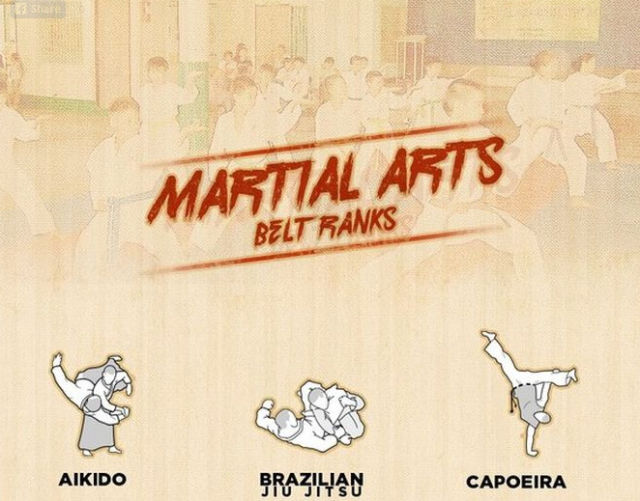Comprehending The Fundamental Differences In Between Traditional Martial Arts And Modern Battle Sports
Comprehending The Fundamental Differences In Between Traditional Martial Arts And Modern Battle Sports
Blog Article
Post Developed By-Thuesen Hovgaard
When you consider martial arts, do you lean much more toward the typical techniques or the modern-day battle sports? Each path uses one-of-a-kind advantages and experiences, shaped by their philosophies and training techniques. Typical martial arts highlight personal development and self-control, while modern-day fight sporting activities concentrate on competitors and performance. Recognizing these differences can guide you in selecting the best approach for your journey. But exactly how do these distinctions show up in training and viewpoint?
The Approach and History Behind Typical Martial arts
While many individuals associate martial arts with physical fight, the ideology and history behind traditional martial arts run much deeper. You'll find that these self-controls highlight individual development, technique, and respect.
Originating from old methods, traditional martial arts were often established for Self-Defense and spiritual growth. They embody concepts such as equilibrium, harmony, and self-control, leading experts beyond mere fighting skills.
As you educate, you'll not just find out techniques however additionally obtain understandings into the society and worths that formed these arts. The rituals and traditions, typically given via generations, foster a feeling of area and belonging.
The Competitive Nature of Modern Battle Sports
Modern combat sports have changed the landscape of martial arts into a very competitive sector, where athletes face off in a test of ability, method, and endurance.
You'll see that competitions are frequently organized with stringent guidelines and policies, ensuring fair game and security. These occasions bring in large audiences, fueling the excitement and strength of matchups.
Professional athletes train carefully, not just for physical expertise however additionally for mental sturdiness, understanding that every detail counts in the ring. The adrenaline rush during competitors is palpable, as boxers push their restrictions to claim success.
https://martialartsforspecialneed54209.blogripley.com/36235103/check-out-the-ideas-and-experiences-of-a-proficient-martial-arts-specialist-to-obtain-deep-understanding-and-inspirational-narratives and virtuosity included, making modern-day combat sports a thrilling spectacle that remains to evolve and mesmerize lovers worldwide.
Training Methods and Methods: A Relative Analysis
The affordable ambience of contemporary combat sports needs innovative training approaches that vary dramatically from standard martial arts.
In modern training, you'll concentrate on specific strategies, competing, and conditioning, frequently making use of drills that simulate real fight circumstances. You'll see a focus on quantifiable efficiency and frequent competitors to examine your abilities.
On the other hand, typical martial arts prioritize kinds, katas, and philosophical mentors, typically emphasizing self-control and respect over competition.
Training is normally less intense and might entail repetitive practice rather than real-time sparring.
While both strategies develop skill and physical fitness, contemporary combat sports give a much more dynamic and versatile training setting, preparing you for prompt difficulties in the ring or cage.
Choose the course that aligns with your goals and interests.
Final thought
In picking in between standard martial arts and modern battle sports, it actually comes down to what you value many. If you're searching for individual growth, self-control, and a sense of community, typical arts might be your ideal fit. Yet if https://ktla.com/news/if-you-love-martial-arts-youre-going-to-love-this-place-dragonfest-returns-for-16th-event/ thrive on competitors and real-time challenges, modern battle sporting activities could be the method to go. Ultimately, both courses supply unique advantages, so it's all about aligning your training with your individual goals and interests.
